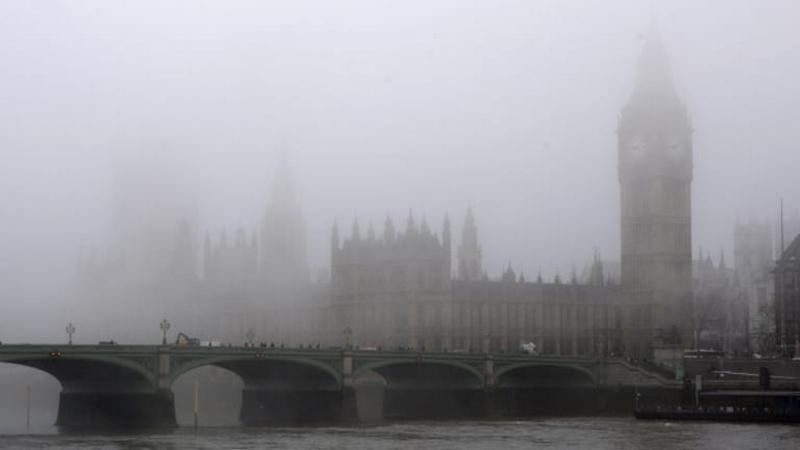London’s Great Smog of 1952
By | November 23, 2018

What the unsuspecting Londoners didn’t know was that the cold that day was caused by an anticyclone poised over the city pushing air downwards and causing a temperature inversion, which is an upper layer of warm air trapping cold air at the ground level. Unfortunately, the smoke from the chimneys as well as emissions from factories and automobiles were also trapped. With no wind to disperse the smoke, what began as an ordinary fog quickly became a thirty-mile-wide mass of smog, nicknamed “pea-souper” due to its yellowish-brown color. Nightfall on December 5 only served to increase the smog and the morning sun was unable to burn it away. The same thing happened on the next two nights, causing the situation to grow even more dangerous.


In some areas, people couldn’t even see their own feet as they walked through the smog. They were forced to breathe in the sickening air as they blindly made their way down streets and sidewalks coated in a black oily residue. By the time they reached their destinations, their faces would be covered in the stuff. Some of the Londoners attempted to protect their health by using scarves to cover their noses and mouths, though others were able to obtain actual smog masks. Sadly, this would prove to be insufficient protection from the deadly toxins in the air. Eventually, even the ones who decided to stay indoors were at risk as the smog managed to make its way inside buildings. Recent studies have analyzed other smog events in an attempt to understand London’s Great Smog and have concluded that nitrogen dioxide and sulfur dioxide combined with the fog to create sulfuric acid and, once the sun had burned off the fog, the residents of London were breathing in concentrated drops of acid.


In fact, for most of the residents, it was pretty much business as usual. Fog, and at times smog, was a regular thing in London and, while this particular smog was thicker than what they were used to, they saw no reason to panic. It wasn’t until after the fog lifted that the extent of the devastation became clear.
On December 9, the wind picked up, at last, blowing away the poisonous air. Once the numbers were tallied, they realized the catastrophic effects of the smog, which claimed four thousand lives during the event itself. Those most affected were children and the elderly, as well as anyone with any pre-existing respiratory conditions. There were also reports of birds and cattle succumbing to the effects of the toxic air. The death rate in London continued to be elevated for months after the smog lifted. Initially thought to be the result of a flu epidemic, the deaths were later determined to be respiratory tract infections associated with hypoxia. This increased the total number of smog-induced casualties to between eight thousand and twelve thousand.

The event forced the British government to face the deadly consequences of coal burning. An investigation was conducted in the wake of the Great Smog which led Parliament to pass the Clean Air Act of 1956. The Act ordered the designation of “smoke control areas” in which only smokeless fuels could be burned. It also worked to shift London to using cleaner fuel sources, moving power stations away from cities, and increasing the height of chimneys.
The Great Smog of 1952 was not the first or even the last, smog event to take lives in London. However, it was the deadliest.

